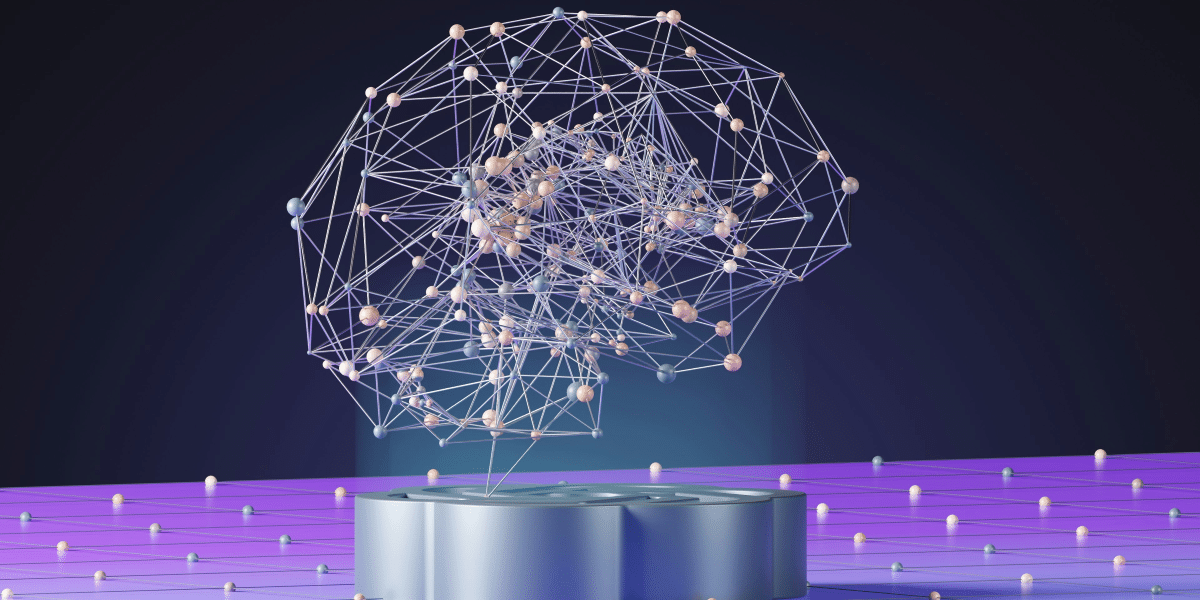One thing is for sure when visualizing the future of the education system: AI seems to be taking over the pilot seat. Artificial intelligence is the new tech innovation revolutionizing society. It has proved to be a reliable assistant in teaching and learning activities in many ways.
Today, students can use an AI essay writing tool for their assignments. For instance, an advanced essay generator is an automatic writer employing a bot to write AI essays and academic papers. Teachers also use AI in the form of AI educational games, automated grading, or adaptive learning platforms.
However, the need is to identify whether AI is completely reliable or should be used with human assistance. AI also has certain pros and cons. Check out this detailed comparison of AI’s impact on education considering its pros and cons.
Pros of AI in Education
Undoubtedly, AI benefits students and teachers and helps them improve their potential.
Personalization
The biggest advantage of artificial intelligence in education is personalized learning. Each student has different needs, potential, and learning preferences. AI tools can analyze students’ performances, interests, and weak points. Considering this, they tailor the content according to their capabilities, improving students’ level of involvement in studies.
Innovative Teaching Methodology
AI has also benefitted the education system by introducing various innovative teaching methodologies. The latest dynamic and interactive approaches in the form of intelligent tutoring systems, virtual simulations, and adaptive learning platforms have transformed the teaching methods. This also encourages students to think critically and actively participate in academic activities. Better engagement in studies automatically improves their performance.
Improved Efficiency
Using artificial intelligence in education has improved the efficiency of teachers and students. It facilitates the teachers’ and administrators’ jobs by automating routine tasks, including the administrative process, automated grading system, and data analysis. Streamlining the teaching process with AI improves teachers’ efficiency. They are more focused on solving students’ problems and providing them with the right feedback on time.
On the other hand, individualizing the course material using ChatGPT or other similar tools helps students understand things easily. This develops their interest in studies and improves their overall efficiency.
Speed and Accuracy
One of its major benefits that can’t be ignored is its speed and accuracy. AI tools can perform tasks in seconds or a few minutes in comparison to humans. Moreover, these bots are trained on vast data so they can do accurate research and prepare assignments, essays, or research papers for students. Students can also use AI tools for personal tutorial assistance anytime if they get stuck with some topic.
For teachers, the integration of technology streamlines many time-consuming tasks, enabling them to:
- Quickly manage and update student records using digital tools
- Automatically analyze student grades with sophisticated software
- Efficiently create and customize quizzes and assignments
- Develop detailed lesson plans more effectively with access to extensive online resources.
This advancement allows educators to focus more on interactive teaching and less on administrative duties.
Cons of AI in Education
There are always two sides to a coin; so, with artificial intelligence. It has proved its utility in many ways, but there are some challenges involved with it.
Ethical Consideration
The concept of AI bots completely relies on the data used to train them. But what if the data has been biased? Students will never get the correct answer to their questions. Similarly, if the grading system is processed on a biased AI tool, students will never get the accurate result.
Also, there is a risk of losing personal information to a third party. So, using these AI tools involves data privacy issues, biased algorithms, misleading guidance, and poor decision-making.
Lack of Human Interaction
One major concern while using AI is the lack of human interaction and originality. Human involvement in any process adds an emotional touch and ethical value. Students’ complete dependency on AI tools for personalized learning weakens the teacher-student connection and is ultimately a threat to the holistic approach to learning. Lack of human involvement also hinders the development of social skills among them.
Administrative tasks like assessment and grading systems cannot be solely based on AI. They require human intervention to analyze other dimensions of students’ performance that affect grades.
Threat to the Human Workforce
When most of the tasks are accomplished by AI bots, it will automatically reduce the demand for human power. According to (Grand View Research, n.d.) for the Grand View Research report the global market of AI in education is expected to grow at a CAGR of 36% by 2030. Many teachers consider this increasing demand for AI tools a threat to their jobs.
Hinders Student’s Creative Skills
Most students now use AI tools to write their academic essays and assignments. On one hand, it saves them time, but it also limits their creative thinking and writing skills. They become habitual in using these tools and find it easier to complete the assigned tasks.
Another issue that students may encounter is the detection of AI-generated content. Many AI detectors are now available on the market, and teachers may use them to check if students are cheating. In such cases, relying completely on AI won’t be safe for them.
What’s the Solution?
Artificial Intelligence has transformed the education system. It has also proved its significance in many ways, from content generation to grading and analyzing student performance.
However, there is a need to understand the challenges involved. Without human involvement at different stages of AI utilization, it’s impossible to get authentic results. Teachers and students need to understand their responsibilities and balance the role of AI in the education system.
Most importantly, students must realize that AI is only an assistant tool. Without human interaction and social involvement, they cannot develop problem-solving and critical-thinking abilities. Use AI only as a helpful guide to use it best. Teachers also need to be educated to utilize AI in education effectively.
References:
- “AI-Powered Educational Technology in Schools.” Forbes Advisor. Accessed January 2022. https://www.forbes.com/advisor/education/it-and-tech/artificial-intelligence-in-school/#:~:text=AI%2Dpowered%20educational%20technology%20encompasses,programs%20cater%20to%20education%20professionals
- Abazi-Chaushi, Blerta. “Pros and Cons of Artificial Intelligence in Education.” ResearchGate. Accessed January 2022. https://www.researchgate.net/profile/Blerta-Abazi-Chaushi/publication/379020574_Pros_and_Cons_of_Artificial_Intelligence_in_Education/links/65f5b61e1f0aec67e29ea13d/Pros-and-Cons-of-Artificial-Intelligence-in-Education.pdf
- “Five Pros and Cons of AI in the Education Sector.” Walden University. Accessed January 2022. https://www.waldenu.edu/programs/education/resource/five-pros-and-cons-of-ai-in-the-education-sector
- “Artificial Intelligence (AI) in Education Market Size, Share & Trends Analysis Report.” Grand View Research. Accessed January 2022. https://www.grandviewresearch.com/industry-analysis/artificial-intelligence-ai-education-market-report
Published By: Aize Perez

















